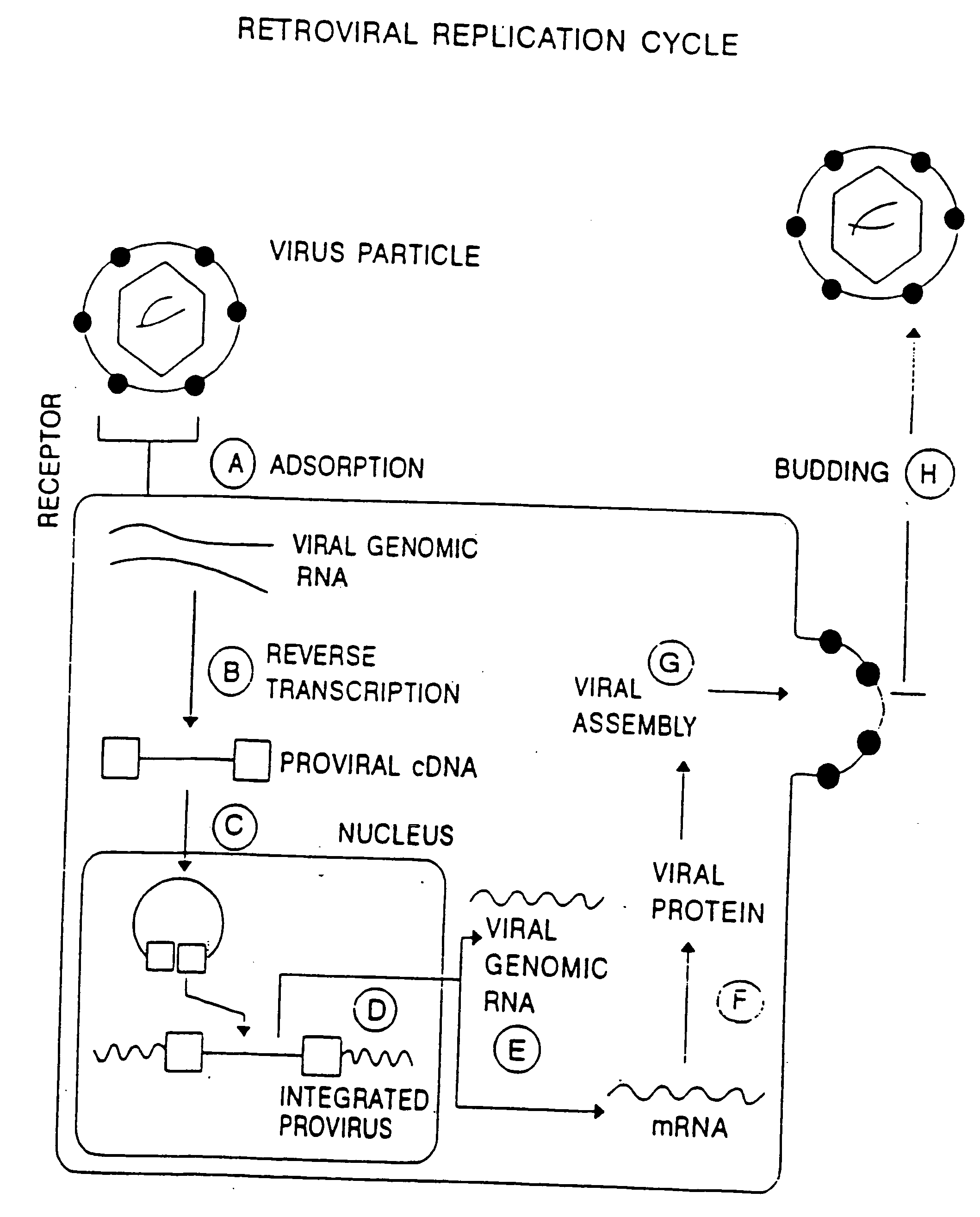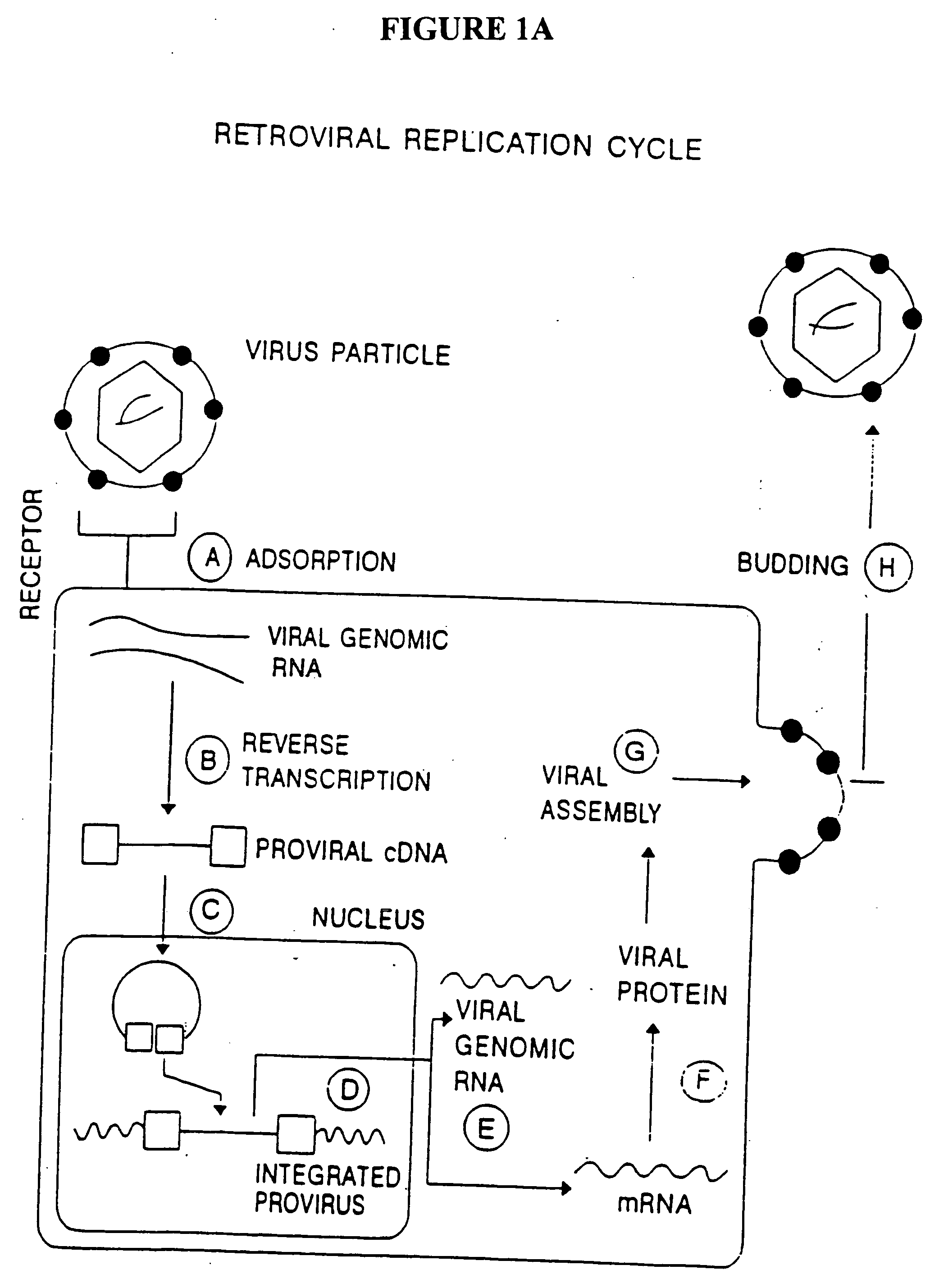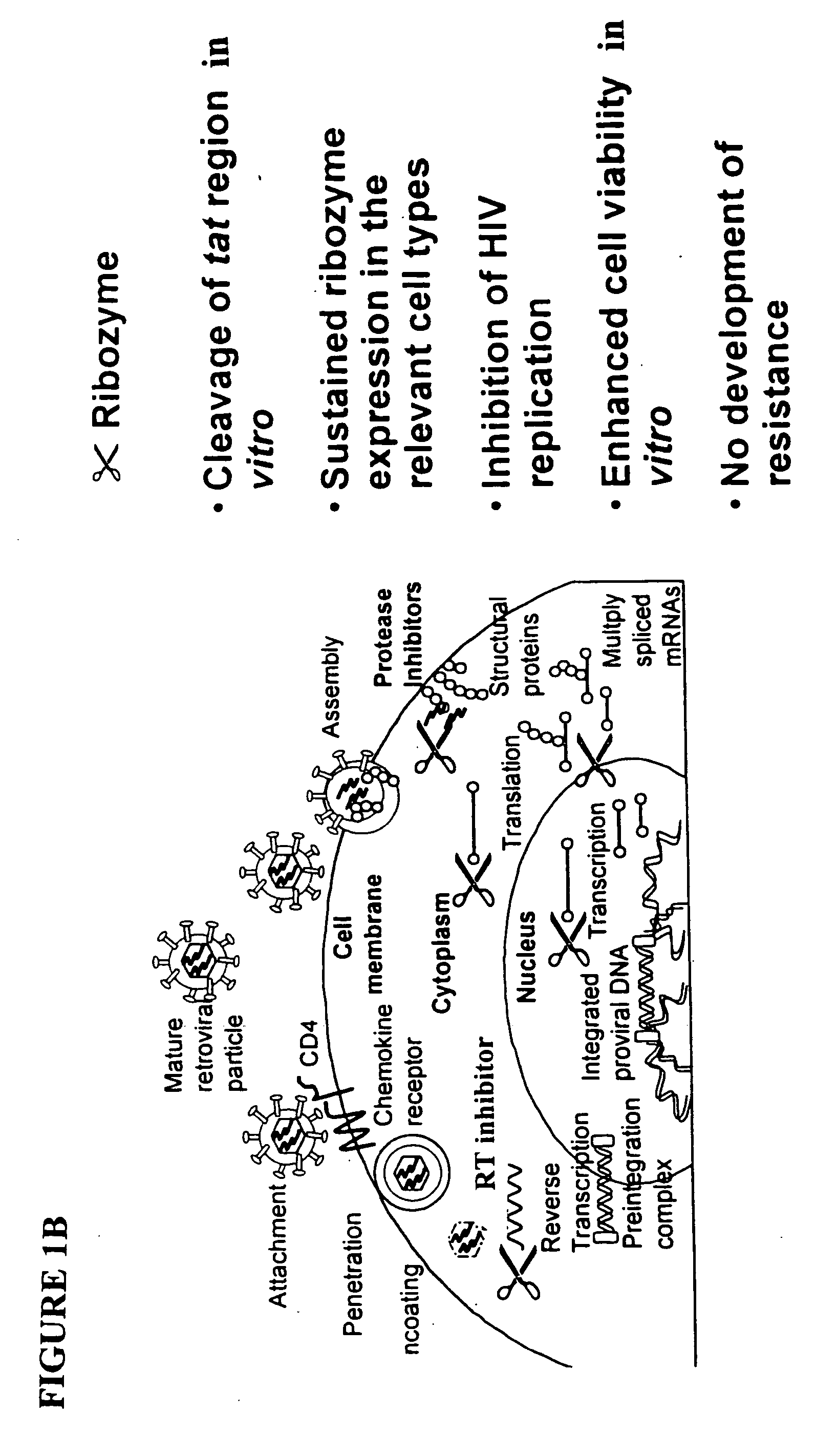Methods for genetic modification of hematopietic progenitor cells and uses of the modified cells
a technology of hematopietic progenitor cells and genetic modification, applied in the field of gene therapy, can solve the problems of bone marrow transplantation, difficult clinical success, and inability to detect graft rejection, so as to prevent the potential inhibition of mmlv reverse transcriptase, increase the persistence of rrz2 marking, and improve the effect of viremia
- Summary
- Abstract
- Description
- Claims
- Application Information
AI Technical Summary
Benefits of technology
Problems solved by technology
Method used
Image
Examples
example 1
Reagents
[0250] All steps were performed aseptically in a Class II Biological Safety Cabinet.
[0251] 1.1. DNAse Solution (10 mg / ml).
[0252] Stock DNAse solution was used in the preparation of CD34+ cryopreservation medium. 1.4 ml sterile saline solution (Sterile saline inhalation solution USP (0.9% NaCl), Dey Corp. NDC# 49502 830) was added to DNAse (DNAse I Type IIS, Sigma Cat# D-4513) in a 1.5 ml sterile screw-capped eppendorf tube (Sarstedt, Cat# 72692005) and dissolved by gently agitation. Stored at −20° C. 1 ml stock DNAse was used for every 50 ml cryopreservation medium.
[0253] 1.2 PBMC Cryopreservation Medium (90% FBS+10% DMSO)
[0254] PBMC Cryopreservation Medium was used for the cryopreservation of PBMC cells for archival and safety testing purposes. The medium is constituted to provide maximum viable recovery of PBMC cells upon thaw. It contains 90% Fetal Bovine Serum (StemCell Technologies, Cat# HCC-6450) and 10% DMSO (Sigma, Cat# D-2650), filter sterilized and stored in 4...
example 2
Phase I Clinical Trial
[0356] We performed a phase I gene therapy clinical study to investigate whether i) the introduction of an anti-HIV-1 ribozyme into circulating hematopoietic progenitor cells could result in the emergence of thymic emigrants bearing vector sequences, ii) normal T-lymphocyte maturation could take place in genetically modified cells, iii) vector presence and expression could persist long-term and iv) the ribozyme could confer a survival advantage to HIV-1 vulnerable cells (Amado et al. 1999).
[0357] For transduction of cells with a ribozyme gene, RRz2 was used. RRz2 encodes the hammerhead ribozyme Rz2, which is directed against a highly conserved region of the tat gene of HIV-1. The DNA sequence encoding Rz2 was sub-cloned into a Sal-I site within the untranslated region of the neomycin phosphotransferase (neoR) gene in pLNL6 (Bender et al 1987) to make RRz2. The ribozyme is expressed as a neo-ribozyme transcript from the MoMLV LTR in RRz2. To control for the po...
example 3
Specific Methods Used
[0392] 3.1 Mycoplasma Assay
[0393] Following culture and transduction, the harvested cell cultures were tested for mycoplasma. The procedure used was based on the amplification of a mycoplasma-specific DNA sequence by PCR and subsequent detection of the amplicon by ELISA. The procedure used the Mycoplasma PCR ELISA test kit (Boehringer Mannheim, Cat #1 663 925). Test samples (1 sample per donor) and a negative control sample (1 ml aliquot of fresh RPMI culture media containing 5% human serum albumin) were centrifuged in microcentrifuge tubes at maximum speed for 10 minutes at 4° C. to sediment any mycoplasma. To solubilize the pellet, 10 μl of sterile water and 10 μl Lysis Reagent (solution 1 of the kit) was added. Further processing was carried out according to the kit instructions. Cross-contamination of samples and reagents in the PCR procedure was avoided by using fresh aerosol tips for all pipetting steps. Each experiment included two negative controls and...
PUM
| Property | Measurement | Unit |
|---|---|---|
| Time | aaaaa | aaaaa |
| Time | aaaaa | aaaaa |
| Fraction | aaaaa | aaaaa |
Abstract
Description
Claims
Application Information
 Login to view more
Login to view more - R&D Engineer
- R&D Manager
- IP Professional
- Industry Leading Data Capabilities
- Powerful AI technology
- Patent DNA Extraction
Browse by: Latest US Patents, China's latest patents, Technical Efficacy Thesaurus, Application Domain, Technology Topic.
© 2024 PatSnap. All rights reserved.Legal|Privacy policy|Modern Slavery Act Transparency Statement|Sitemap



